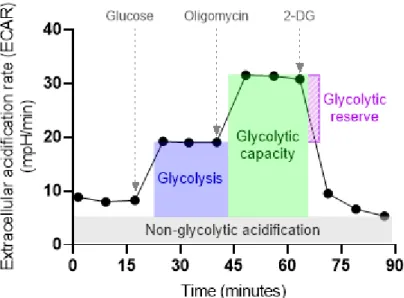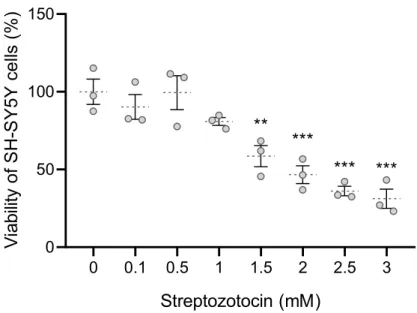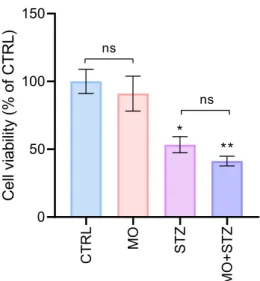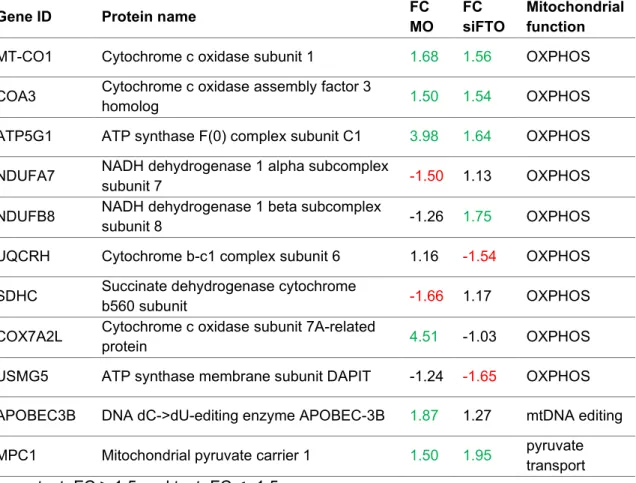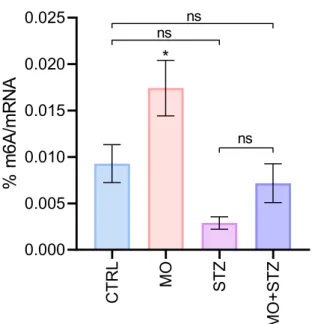The possible role of an epitranscriptomic mark m6A in the control of many nervous system functions was recently revealed (Widagdo et al., 2022; Yu et al., 2021). Furthermore, it caused cellular stress and increased apoptosis in the astrocytic C6 cell line (Biswas et al., 2017).
Epitranscriptomics
N6methyladenosine (m6A)
Mechanisms of m6A regulation
In addition, methyltransferase 16 (METTL16) has recently been discovered as the methyltransferase complex-dependent m6A methyltransferase ( Warda et al., 2017 ). Multiple members of the heterogeneous family of nuclear ribonucleoproteins (hnRNPs) (including hnRNPA2B1, hnRNPC, and hnRNPG) have been identified as indirect nuclear readers ( Yang et al., 2018 ).
Intronic m6A was shown to affect alternative splicing of the sex-lethal gene in Drosophila (Haussmann et al., 2016). Additionally, the lifespan of YTHDF2 mRNA targets was prolonged while YTHDF2 protein levels decreased ( Du et al., 2016 ).
Cells that overexpressed or lacked FTO showed changes in m6A levels within the polyA tail of mRNA (Jia et al., 2011). However, rhein was also shown to inhibit the activity of the AlkB repair enzymes ALKBH2 and ALKBH3 (Li et al., 2016).
Physiological roles of m6A neuroepitranscriptome
Synapses of Purkinje cells experienced excessive deterioration as a result of Wtap loss (Yang et al., 2022). Knockdown of FTO in adult neural stem cells reduced proliferation and neuronal differentiation (Cao et al., 2020).
Glucose intracerebroventricular (ICV) administration was shown to increase hypothalamic Fto mRNA levels in fasted mice (Poritsanos et al., 2011). Entacapone, a proposed FTO inhibitor, lowers blood sugar via the FTOFOXO1 pathway (Peng et al., 2019).
Role of m6A in Alzheimer's disease
- Amyloidbeta and tau pathology
- Mitochondrial impairment
- Neuroinflammation and oxidative stress
- Memory impairment
Several key inflammatory mediators (interleukin (IL)6, TNFα, their-like receptor, NFĸB) showed higher m6A levels (Chokkalla et al., 2019). Dendritic loss was observed following downregulation of hnRNPA2B1 expression in the entorhinal cortex ( Berson et al., 2012 ).
Streptozotocin model of Alzheimer's diseaselike changes
Remarkably, FTO is abundant in the nucleus, dendrites and surrounding dendritic spines of CA1 neurons of the mouse dorsal hippocampus (McTaggart et al., 2011). The aim was to analyze how FTO inhibition affects cell differentiation, oxidative metabolism and the expression profile of selected proteins essential for neuroenergetics, and to see whether modulation of FTO function affects cells' resilience to streptozotocin, an in vitro model of AD pathogenesis.
In vitro models
Fetal bovine serum, Dulbecco's modified Eagle's medium, and Ham's F12 nutrient medium were from Gibec (purchased from Thermo Fisher Scientific, Waltham, MA, USA). Anti-mouse and anti-rabbit secondary antibodies were purchased from GE Healthcare (Chicago, IL, USA).
Neuronal differentiation
Neurite outgrowth
Experimental treatment
The cells were grown in a low-serum medium (0.51% FBS) for an hour before and during times of experimental treatments to remove growth factors. Except for the viability screening experiments, which used a wide range of doses (0.118 mM), all subsequent assays were performed with cells exposed to 1.5 mM (SHSY5Y) or 15 mM (CCFSTTG1) STZ for 48 h. For combined experiments with the inhibitor, MOI500 was added to the cells 24 h before STZ was added, and the cells were then cultured in the presence of both drugs for the next 48 h.
Cell viability tests
Determination of alphaenolase activity
Cell pellets were lysed in an extraction buffer and protein content was determined using the bicinchoninic acid (BCA) assay. After addition of the substrate solution containing 2 phosphoDglycerates, the absorbance at 340 nm was measured with a plate reader (BioTek Synergy HT) using a kinetic reading mode. Enolase activity is estimated as a decrease in absorbance at 340 nm as a result of a reaction associated with the consumption of NADH.
Flow cytometry
Detection of intracellular reactive oxygen species
Cells were then rinsed three times with 37°C PBS and examined using a fluorescence microscope (Arsenal AIF 5013iT, 10x eyepieces and 20x objective lens). Average cellular DHE fluorescence intensity and percentage of DHE-positive cells were quantified from the assessment of fluorescence microscopy images using ImageJ software.
RNA isolation and m6A quantification
Cell lysis and protein extraction
Protein determination
Gel electrophoresis and Western blot analysis
Protein extraction for isoelectric focusing
Twodimensional electrophoresis
Protein identification by MALDITOF/MSMS
A small drop of alpha-cyanohydroxycinnamic acid solution (2 mg/mL in 80% acetonitrile) was then placed on the dried trypsin digestion area and allowed to dry. A 4800 Plus MALDI TOF/TOF analyzer (Applied Biosystems/MDS Sciex) equipped with a Nd:YAG laser (355 nm, 200 Hz) was used for MALDITOF/MSMS measurements. Mascot 2.2.07 in-house server was used for data analysis and compared to the extensive Uni_human_reviewed database (20273 sequences; 11324606 residues).
To determine protein scores, ion scores were used as a non-probabilistic basis for ranking protein hits.
Protein quantification by labelfree LCMS/MS
The maximum injection time was 35 ms, and the MS2 ion count target was set to 104. Enzyme specificity was set as Cterminal to Arg and Lys, with cleavage of proline bonds and a maximum of two missed cleavages allowed. Protein N-terminal acetylation and oxidation of methionines were specified as variable modifications for the peptide search and carbamidomethylation of cysteines was set as a fixed modification.
MaxQuant's "similarity between runs" function was used to transfer identifiers to other LCMS/MS runs based on their masses and retention time (maximum deviation 0.7 min) and was also used in quantification experiments.
Functional annotation and protein interaction analysis
Tandem MS was performed using isolation at 1.5 Th with the quadrupole, HCD fragmentation with a normalized collision energy of 30, and rapid scan MS analysis in the ion trap. For both proteins and peptides, the false discovery rate (FDR) of 1% was used and a minimum peptide length was set at seven amino acids. Functional and physical protein associations within the provided list of differentially regulated proteins were explored using STRING software (version 11.5) with the minimum interaction confidence score set to 0.3 and considering the following active sources of interaction: experiments, databases, co-expression.
Detection of related protein clusters within the STRING network was done with the MCL clustering algorithm and the inflation parameter set to 2.
Realtime determination of glycolysis
Realtime determination of mitochondrial respiration
Schematic representation of the Glyco Stress Test experiment to assess the basic parameters of glycolytic activity: glycolysis, maximum glycolytic capacity and glycolytic reserve. Respiration rates driven by complex I, complex II, or complex IV activation were evaluated by subtracting the rate of oxygen consumption before and after the addition of specific inhibitors (Figure 7). Whole-cell measurements of extracellular oxygen consumption were used to assess cellular respiration using the MitoXpress Xtra oxygen consumption assay (Agilent).
Oxygen consumption rates were calculated using changes in fluorescence signal over time and corrected for protein content.
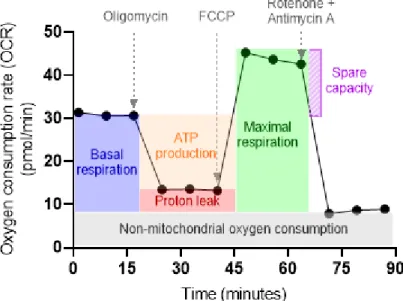
Intracellular ATP Measurement
Briefly, cells were given fresh, prewarmed, FBS-free growth medium containing reconstituted oxygen-sensing fluorophore. The plate was then kinetically read using a BioTek Synergy HT microplate reader in time-resolved fluorescence mode for over 180 minutes at a constant temperature of 37°C. Before the addition of oil, cells were treated with 1.5 µM FCCP to determine the maximal respiration rate.
The BioTek Synergy HT microplate reader was then used to read each sample in luminescence mode after it had been combined with a luciferase reagent in a white 96-well plate.
Statistical Analysis
- The effect of FTO inhibition on differentiation of SHSY5Y cells
- The impact of FTO inhibition on protein profiling of undifferentiated and
- The role of FTO inhibition on mitochondrial oxygen consumption and glycolysis
- The role of FTO inhibition in the resilience of differentiated SHSY5Y cells
Effects of rhein and retinoic acid (RA) on alphanolase (ENO1) activity in SHSY5Y cells. TUBA levels were significantly decreased (by about 70%) in both undifferentiated and differentiated SHSY5Y cells treated with rhein. Effect of FTO inhibitor MOI500 and FTO silencing on glycolytic parameters of SHSY5Y cells.
As a result, we observed almost nonexistent extra respiratory capacity of differentiated SHSY5Y cells.
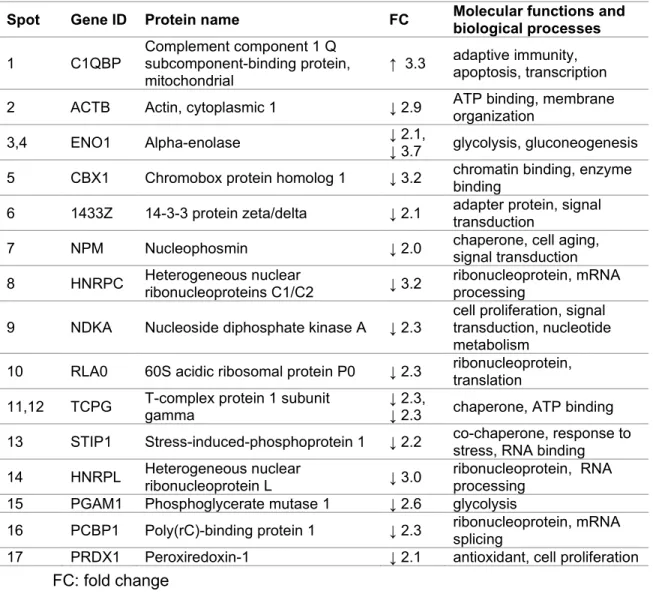
AIM 2 – In vitro model of astrocytes, CCFSTTG1 cell line
The effect of FTO suppression on mitochondria and energy metabolism of
Effect of FTO inhibitor MOI500 on relative levels of subunits of OXPHOS complexes in CCFSTTG1 cells. Quantification of the intracellular amount of ATP using the bioluminescence assay showed elevated ATP levels by nearly 2.5-fold in MOI500-treated CCFSTTG1 cells (Fig. 21). Effect of FTO inhibitor MOI500 on the relative levels of selected mitochondrial biogenesis pathway proteins in CCFSTTG1 cells.
Similar to MOI500 treatment, FOR siRNA treatment of CCF STTG1 cells did not lead to significant changes in ECAR values assessed by Seahorse (Fig. 25A).
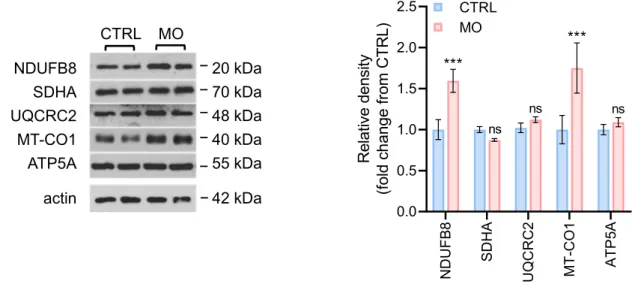
FTO suppressioninduced alterations of the proteome of CCFSTTG1 cells
DNA binding guanylnucleotide exchange factor activity dynein light intermediate chain binding structural component chromatin protein phosphatase binding nucleosomal DNA binding polyubiquitin binding ubiquitin binding zinc ion binding protein binding mitochondrion lysosomal membrane focal adhesion nuclear speckle nucleosomal late endosomal membrane extracellular exosome Regulatory complex integrator complex axon cytoplasm chromosome nucleoplasm microtubulazosome nucleocytosol cellular protein modification process retrograde nucleosome assembly transport, endosome to Golgi Positive regulation of TOR signaling protein modification process regulation of gene expression, epigeneticenterograde axonal transportsnRNA processingprotein transport. STRING protein interaction networks of the mitochondrial protein functional cluster identified among differentially expressed proteins in CCFSTTG1 cells. Cluster of differentially expressed mitochondrial proteins after FTO silencing treatment relative to negative control silencing.
List of proteins important for mitochondrial metabolism identified by label-free MS/MS in CCFSTTG1 cells treated with MOI500 (MO) or FTO siRNA (siFTO).
The role of FTO inhibition in the sensitivity of CCFSTTG1 to streptozotocin
They are a subclone of the parental neuroblastoma cell line SKNSH, which includes both neurons and epithelial cells (Biedler et al., 1973). In addition, Cimmino's group noted similar downregulation of alphaenolase in the RAdifferentiated neuroblastoma cell line as we did (Cimmino et al., 2007). Its levels decrease during resting periods and are upregulated during cellular proliferation (Ji et al., 2016).
After C1QBP knockdown, cells showed reduced production of the OXPHOS polypeptides encoded by mitochondrial DNA (Fogal et al., 2010).
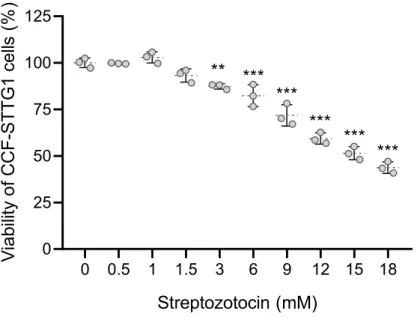
Proteomics
The enzyme fructose bisphosphate aldolase A is essential for glycolysis and gluconeogenesis and helps control cell shape and motility (Kusakabe et al., 1997; Walsh et al., 1989). Yet, it has been reported that PRX6 overexpression can accelerate the progression of AD ( Yun et al., 2013 ). However, mitochondrial dysfunction may result from decreased protein levels of PRX3, which is exclusively localized in mitochondria (Chang et al., 2004).
HnRNPA1 was also suggested to affect the splicing of the beta-amyloid precursor gene, APP (Donev et al., 2007).
Bioenergetics
The different effect of FTO modulation on SHSY5Y cells based on stage of differentiation was observed by Pitman, who showed that while silencing FTO increased the ATP pool in undifferentiated SHSY5Y, differentiated SHSY5Y had decreased ATP levels (Pitman et al. , 2012). This is in line with the work of Wang and colleagues, who showed that muscle cells without FTO had reduced levels of PGC1α, which was further associated with reduced mitochondrial mass and mtDNA content (X. Wang et al., 2017). Another study showed that overexpression of FTO induced upregulation of PGC1α by directly affecting the m6A level of the PGC1α transcript (Zhuang et al., 2019).
Li's group has even suggested a link between FTO and AD-related insulin defects (H. Li et al., 2018).
Streptozotocincaused impairment
New insights into the role of N6Methyladenosine RNA methylation in the physiology and pathology of the nervous system. A commonly carried allele of the obesity-related FTO gene is associated with reduced brain volume in healthy elderly. Adult-onset global loss of the phto gene alters body composition and metabolism in the mouse.
Experience-dependent accumulation of N6Methyladenosine in the prefrontal cortex is associated with memory processes in mice.
